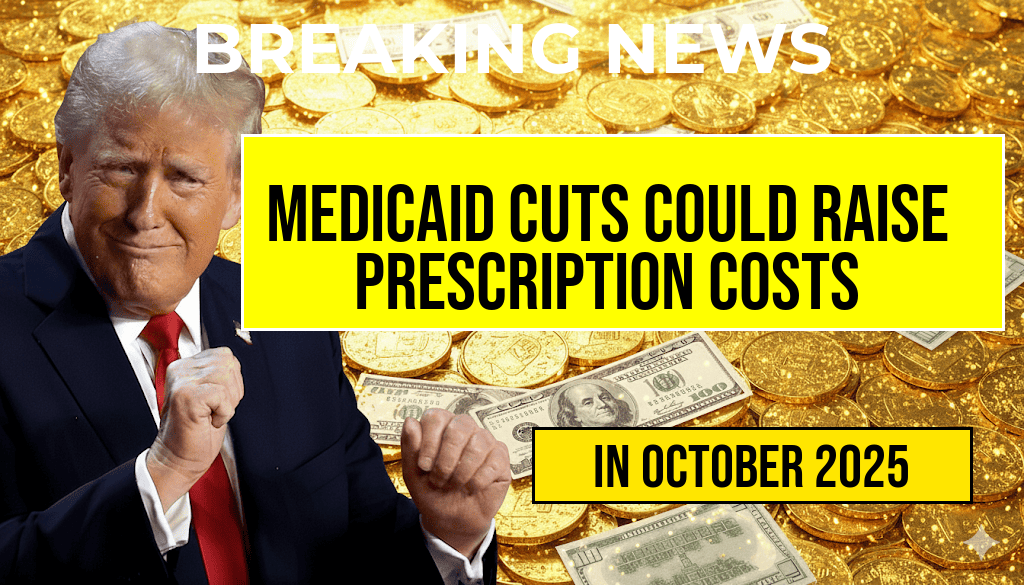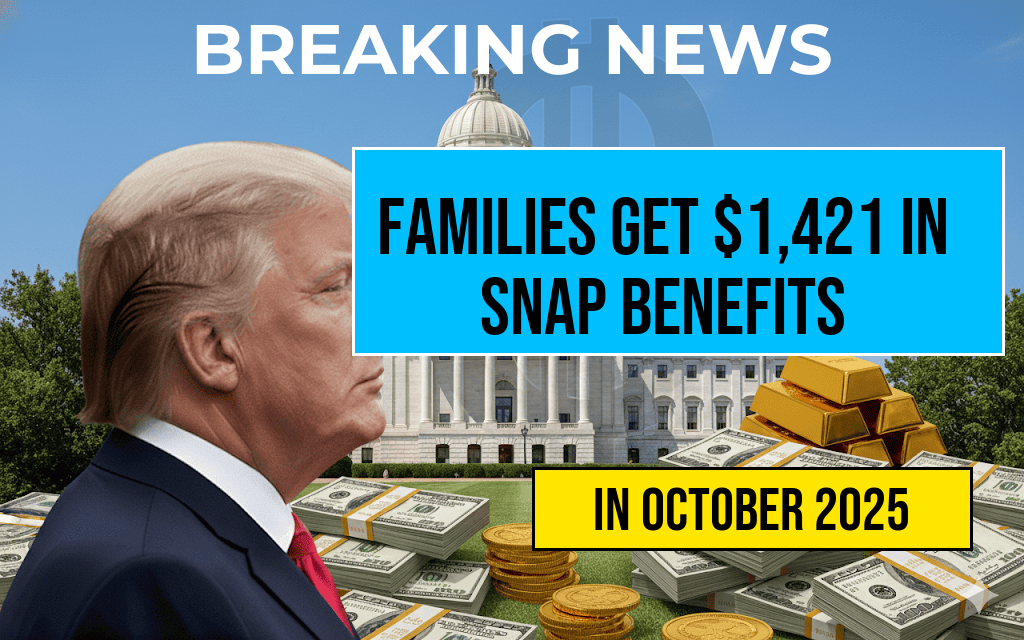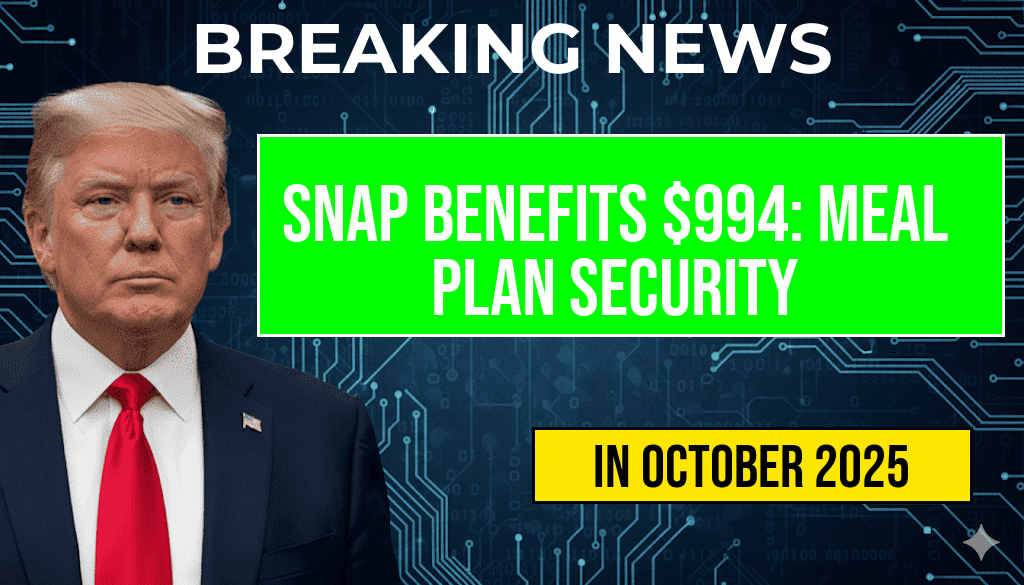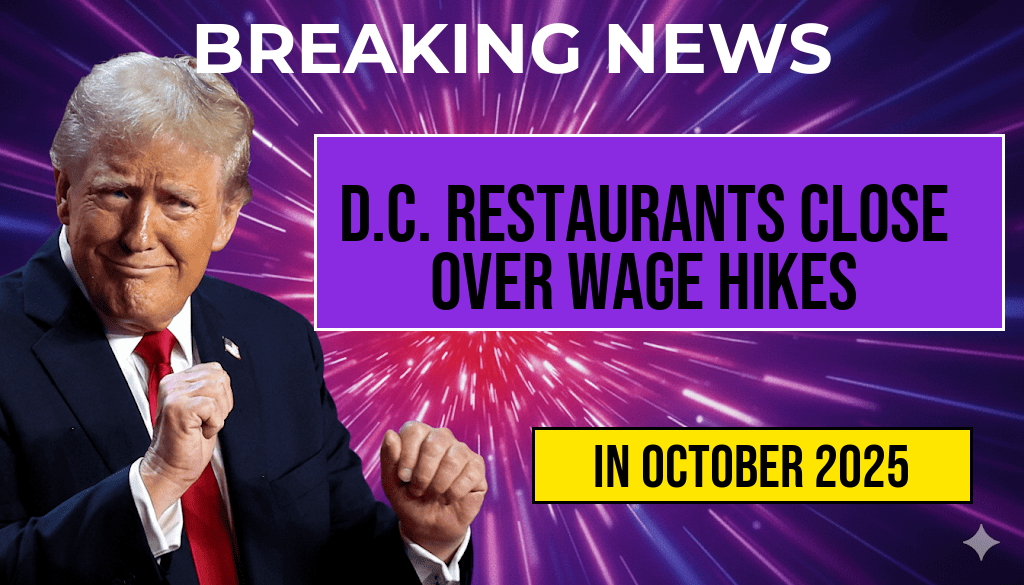Washington Post Reports $1 Trillion Medicaid Cut Could Increase Costs for a $300 Prescription
A proposed $1 trillion reduction in Medicaid funding is raising concerns among healthcare providers and patients, as analysts warn it could significantly drive up out-of-pocket costs for essential medications. According to a detailed report by The Washington Post, the massive cut targets federal spending on Medicaid, the joint state and federal program that provides health coverage to millions of low-income Americans. While proponents argue that reducing federal expenditure is necessary to address budget deficits, critics contend that such cuts could lead to higher costs for consumers, particularly for prescription drugs that are vital for managing chronic conditions.
One of the most immediate and tangible effects could be a steep increase in patient bills for common medications. For example, a drug that currently costs around $300 per prescription might, under new funding constraints, see prices double or triple due to increased out-of-pocket expenses and diminished coverage options. This shift threatens to exacerbate health disparities, especially among vulnerable populations who rely heavily on Medicaid for affordable care. As lawmakers debate the scope and impact of the proposed cuts, health experts warn that the ripple effects could strain not only individual budgets but also the broader healthcare system.
Understanding the Scope of the Proposed Cuts
The Biden administration’s budget proposal aims to trim Medicaid spending by approximately $1 trillion over ten years, primarily through reducing federal matching funds and restructuring benefit provisions. Such measures are intended to curb federal deficits but have sparked opposition from states and healthcare advocates who argue that the cuts could jeopardize access to care for millions of Americans.
According to data from the Wikipedia page on Medicaid, the program currently covers over 80 million Americans, providing health services ranging from hospital stays to prescription medications. The federal government typically covers about 60% of Medicaid costs, with states bearing the remainder. The proposed reductions could shift more financial burden onto states, forcing them to make difficult decisions about resource allocation.
Potential Impact on Prescription Drug Costs
Prescription medications, especially for chronic conditions like diabetes, hypertension, and mental health, are a significant component of Medicaid spending. Currently, Medicaid often negotiates drug prices, resulting in lower costs compared to retail pharmacies. However, with funding cuts, there is concern that Medicaid programs may limit coverage, increase co-payments, or restrict access to certain medications.
| Scenario | Average Prescription Cost | Additional Out-of-Pocket Expense |
|---|---|---|
| Current Medicaid Coverage | $300 | – |
| Post-$1 Trillion Cut Scenario | $300 | $150–$300 |
| Uninsured or Limited Coverage Scenario | N/A | Up to $600 or more |
Experts warn that increasing co-payments or reducing coverage could mean that patients are forced to pay significantly more for medications that are critical to their health management. For some, this may translate into skipping doses or abandoning treatment altogether, with potential long-term health consequences.
Broader Economic and Public Health Implications
The implications extend beyond individual prescription costs. Higher out-of-pocket expenses could lead to increased emergency room visits and hospitalizations due to unmanaged conditions, ultimately raising overall healthcare costs. A study published by the Forbes highlights that medication non-adherence, often driven by affordability issues, accounts for billions in avoidable healthcare expenses annually.
States may respond to federal cuts by tightening eligibility criteria or reducing benefits, which could leave many vulnerable populations without essential coverage. Public health officials warn this could undermine efforts to control chronic diseases and reduce health disparities, especially in underserved communities.
Policy Responses and Public Debate
Lawmakers are divided over the proposed cuts, with some Republicans emphasizing fiscal responsibility and others advocating for maintaining Medicaid funding to ensure access to healthcare. Several advocacy groups are mobilizing to oppose the reductions, citing the risk of increased financial burdens on patients and the potential for worsening health outcomes.
As negotiations continue, health policy analysts emphasize the importance of balancing fiscal discipline with the need to sustain access to affordable care. For many, the focus remains on protecting vulnerable populations from bearing the brunt of budget adjustments.
Resources for Patients and Providers
- Medicaid.gov: Official federal resource for program information and assistance options.
- Healthcare.gov: Guidance on health coverage and Medicaid eligibility.
- National Council on Aging: Support for seniors navigating healthcare costs.
While the debate over federal budget priorities continues, the tangible impact on prescription drug costs underscores the critical need for comprehensive healthcare policies that prioritize affordability and access. As the nation considers these proposals, millions of Americans remain cautious about how potential changes could shape their ability to obtain essential medications and maintain good health.
Frequently Asked Questions
What is the potential impact of a $1 trillion Medicaid cut on prescription costs?
The $1 trillion Medicaid cut could significantly increase out-of-pocket expenses for patients, potentially leading to higher costs for prescriptions such as the $300 medication discussed in the report.
How might Medicaid reductions affect access to prescription drugs?
Reductions in Medicaid funding may result in decreased coverage and limited access to essential prescription medications, forcing some patients to pay more or go without necessary treatments.
Why is the $300 prescription medication at risk in light of Medicaid cuts?
The article highlights that Medicaid cuts could disrupt subsidies and limit coverage for expensive medications, making it more difficult for patients to afford drugs like the $300 prescription.
What are the broader implications of Medicaid budget reductions on healthcare costs?
Large-scale Medicaid cuts could lead to increased hospitalizations and emergency care costs, ultimately raising overall healthcare expenses for both individuals and the system.
What should patients and policymakers consider regarding Medicaid funding and prescription costs?
Stakeholders should carefully evaluate the long-term effects of Medicaid reductions on drug affordability and access to care, ensuring that vulnerable populations are protected from rising prescription costs.









